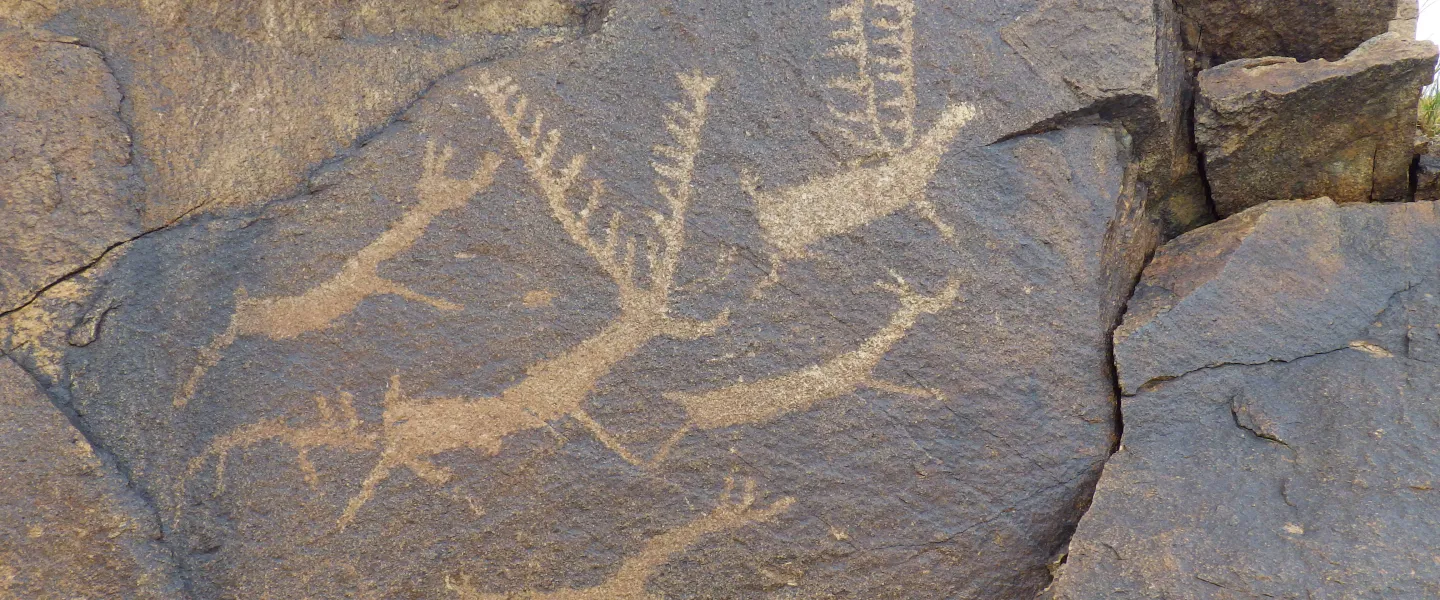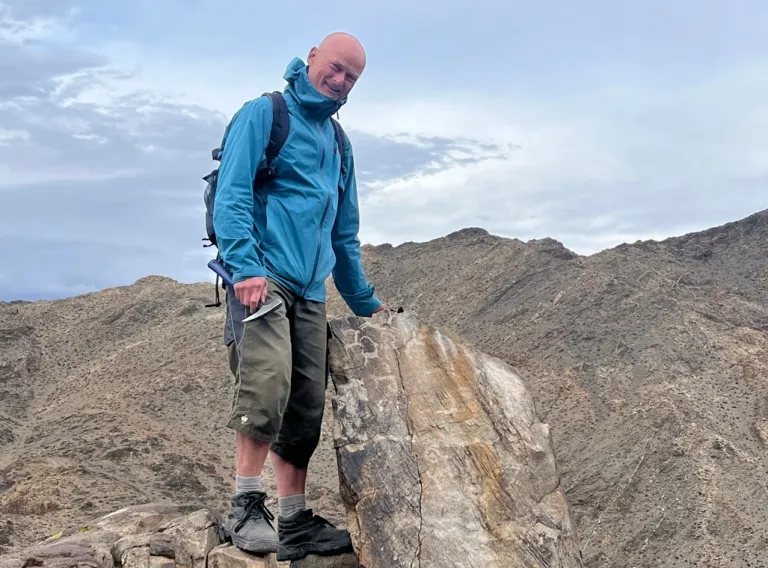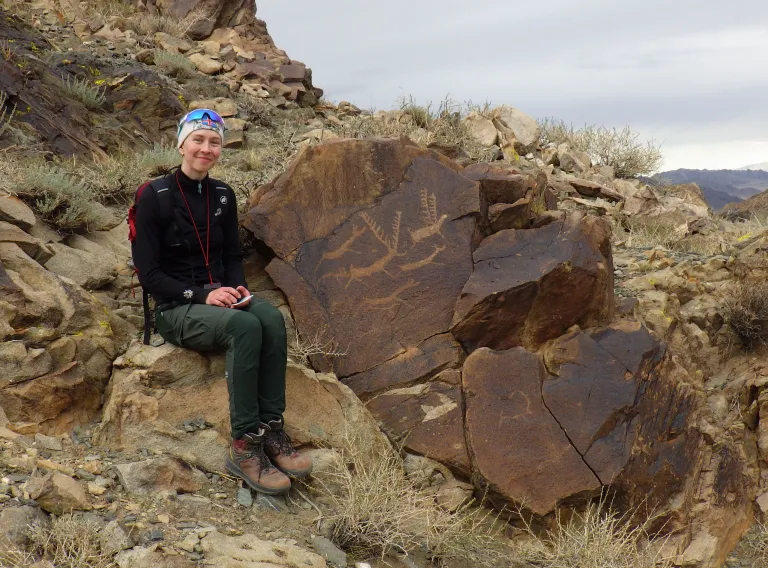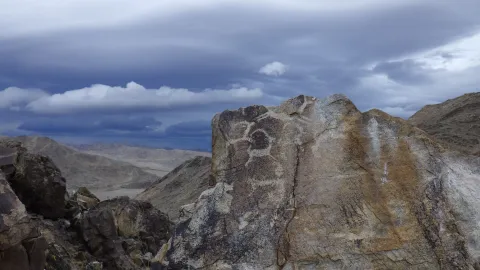
This summer, Earth scientists from the University of Iceland took part in field research in Mongolia with the Max Planck Institute of Geoanthropology based in Jena, Germany. The study ended up combining Earth science and archaeology in an astonishing way. During geological mapping, the scientists coincidentally discovered rock carvings (or petroglyphs) that were three thousand years old. Representing UI on the trip were Steffen Mischke, professor at the Faculty of Earth Sciences, and Elma Katrín Örvarsdóttir, undergraduate student in geology.


